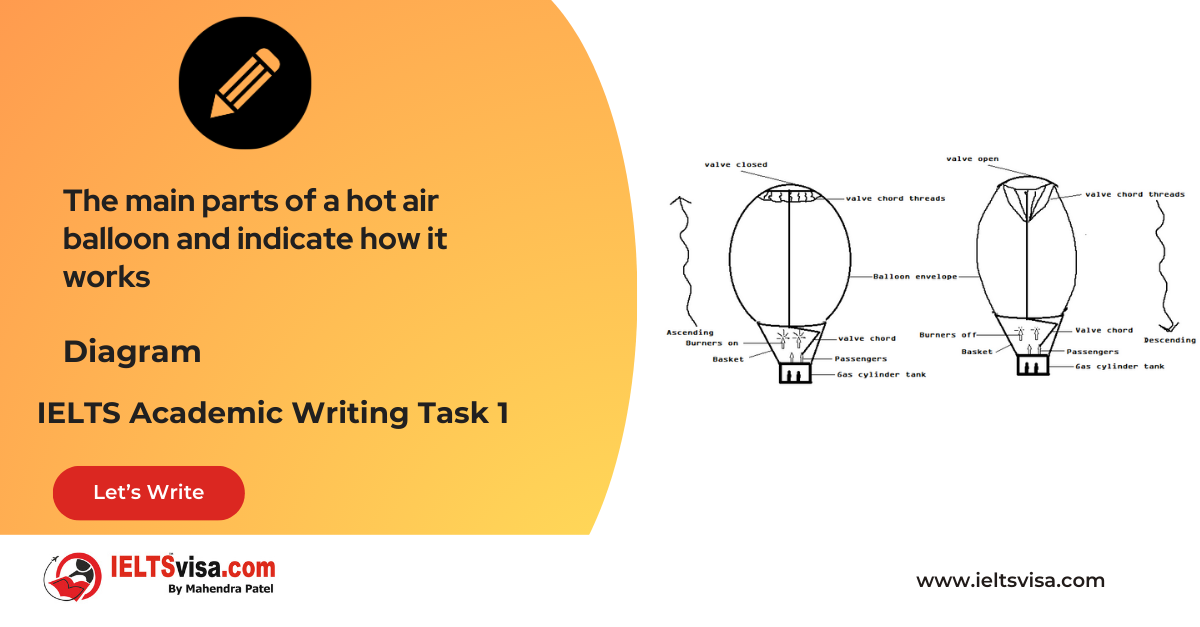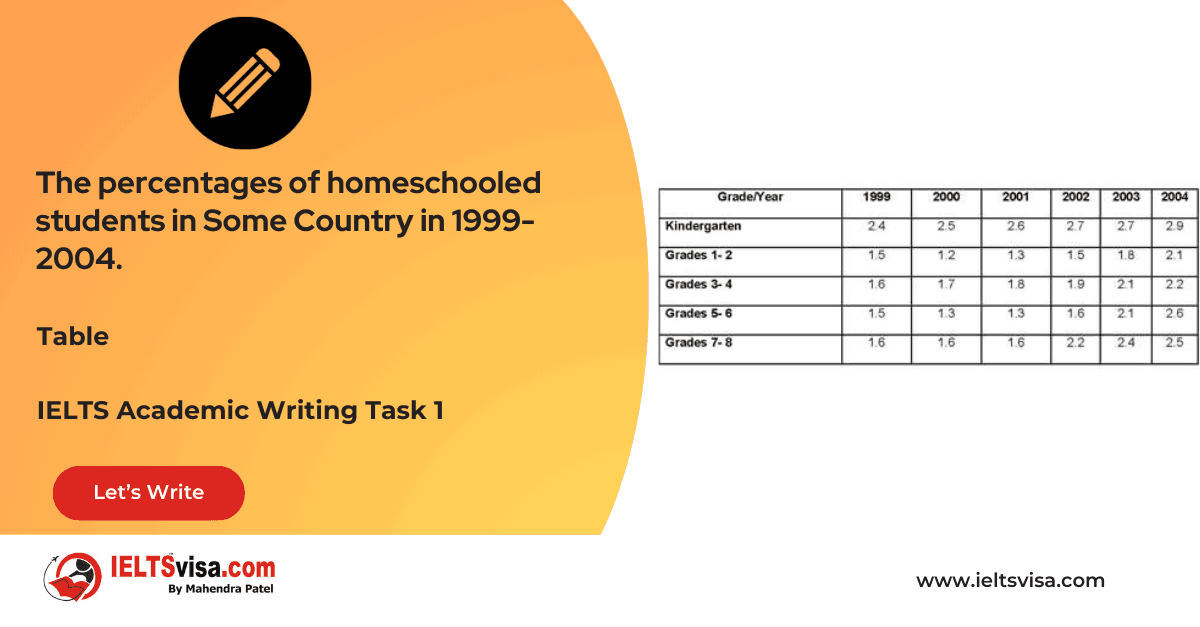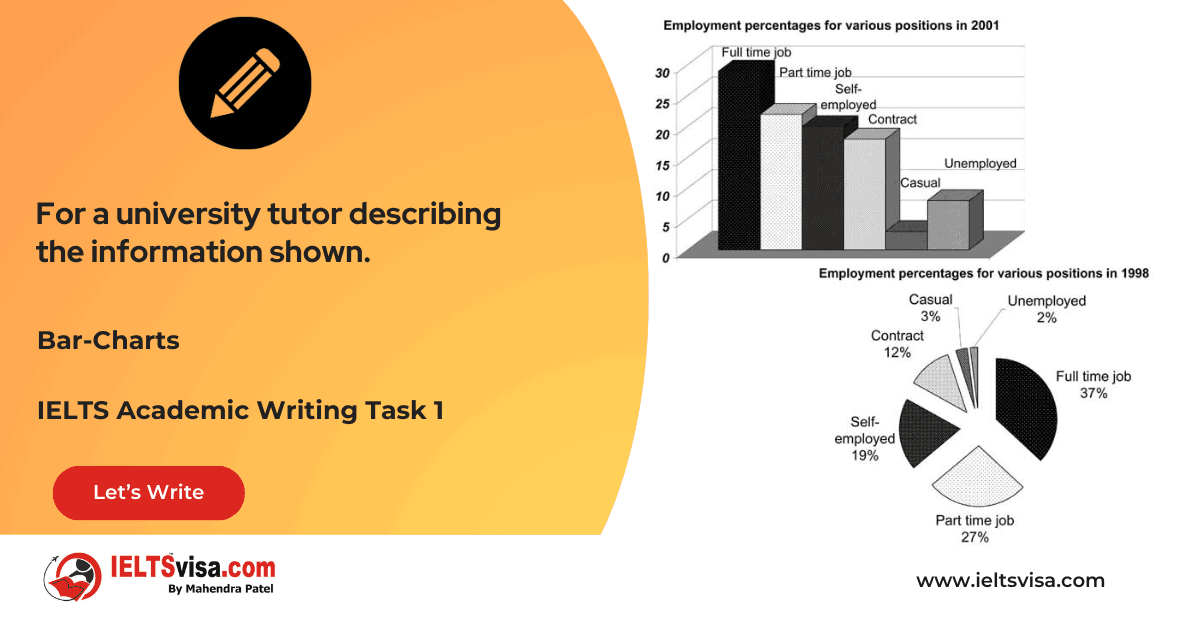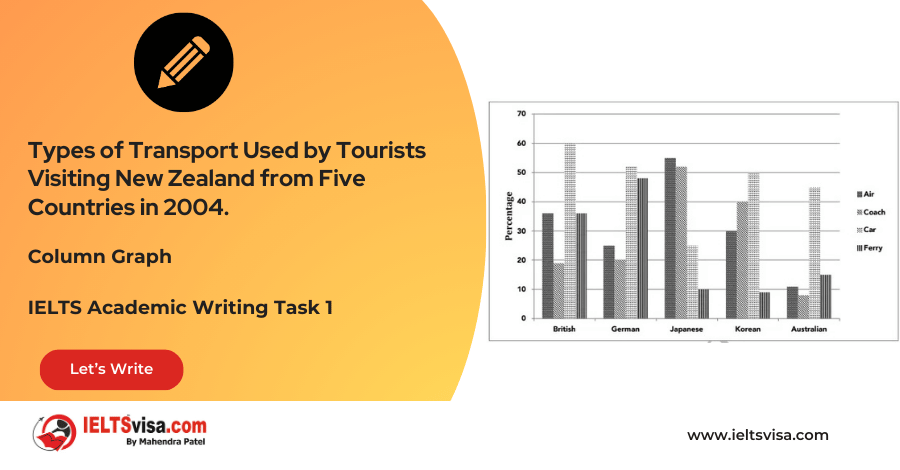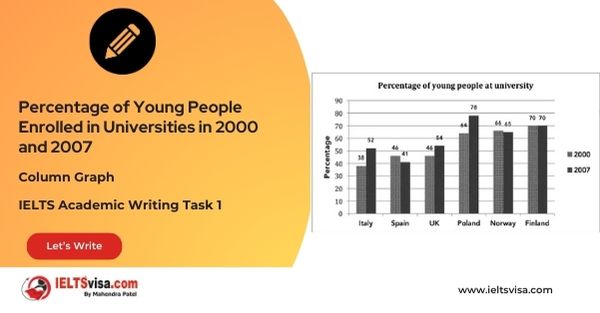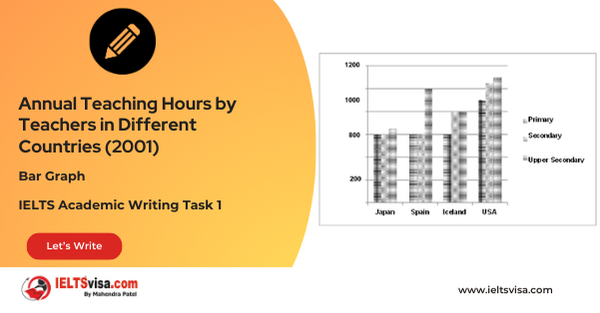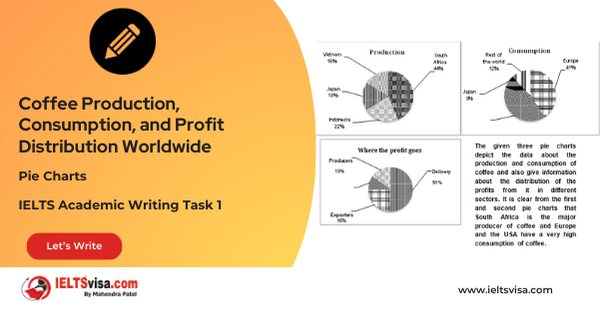Wrong Word
Lexical Resource & Grammatical Range and AccuracyIELTS Academic Writing Task 1
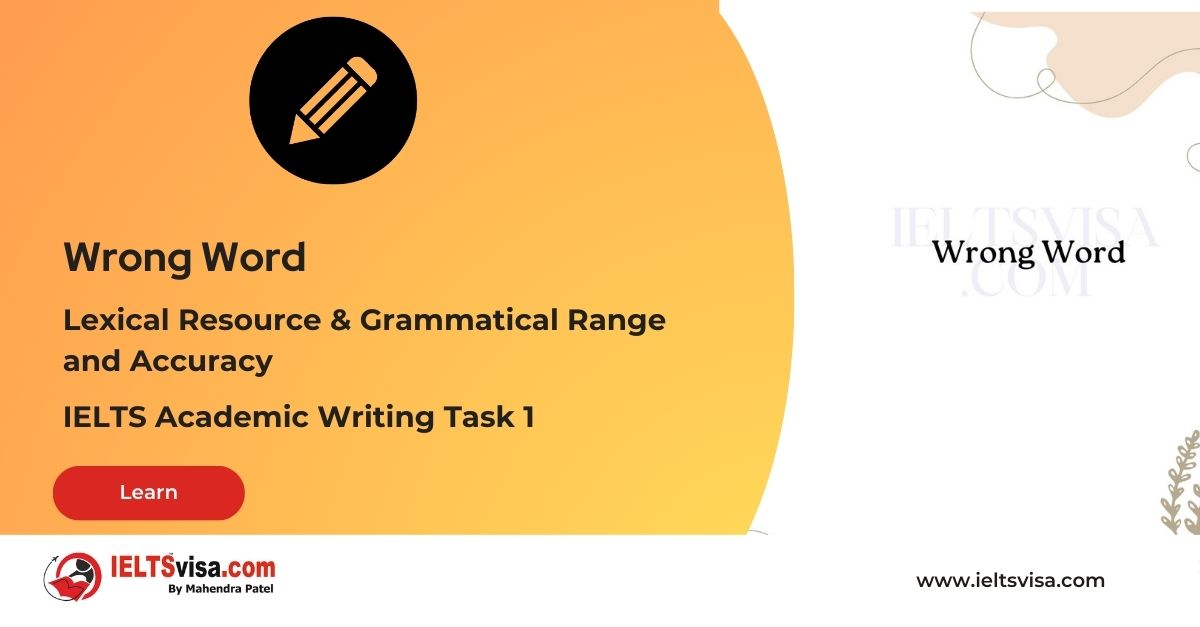
Demonstrating strong Lexical Resources and Grammatical Range and Accuracy is crucial for achieving a high score in IELTS Academic Writing Task 1.
One standard error to avoid is using wrong words, which can significantly impact the clarity and accuracy of your writing.
This article will explore the importance of using the correct words in Task 1, accompanied by examples and answers, to help you identify and rectify this issue effectively.
1. Confusing Similar-Sounding Words:
English contains many words that sound similar but have different meanings. Using the appropriate word to convey your intended message accurately is important.
Example:
Original Sentence: The boy bought a new suite.
Revised Sentence: The boy bought a new suit.
In the revised sentence, the incorrect word “suite” is replaced with the correct word “suit,” which accurately describes a piece of clothing.
2. Using Incorrect Verb Forms:
Verbs in English can have different forms depending on the tense and grammatical structure. Using the wrong verb form can lead to misunderstandings in your writing.
Example:
Original Sentence: The students are very exciting about the upcoming trip. Revised Sentence: The students are very excited about the upcoming trip.
In the revised sentence, the incorrect verb form “exciting” is replaced with the correct form “excited,” which accurately describes the students’ feelings.
3. Selecting Inappropriate Prepositions:
Prepositions play a crucial role in conveying relationships between words. Using the wrong preposition can result in incorrect sentence structure and meaning.
Example:
Original Sentence: She is interested at studying abroad.
Revised Sentence: She is interested in studying abroad.
The incorrect preposition “at” is replaced with the appropriate preposition “in” to accurately express the intended meaning in the revised sentence.
4. Misusing Homonyms:
Homonyms are words that have the same spelling but different meanings. Understanding the context and using the correct homonym is essential to avoid confusion.
Example:
Original Sentence: The weather is too hot to bare.
Revised Sentence: The weather is too hot to bear.
In the revised sentence, the incorrect homonym “bare” is replaced with the correct homonym “bear,” which accurately describes the intensity of the weather.
5. Incorrect Word Choice:
Sometimes, the wrong word is used due to a lack of vocabulary or misunderstanding its meaning. Expanding your vocabulary and using a dictionary can help you choose the correct word.
Example:
Original Sentence: The government made a huge mistake by accepting the pollute proposal.
Revised Sentence: The government made a huge mistake by accepting the polluted proposal.
In the revised sentence, the incorrect word “pollute” is replaced with the correct word “polluted,” which accurately describes the nature of the proposal.
Correct words are vital for achieving accuracy and clarity in your writing. By being mindful of similar-sounding words, verb forms, prepositions, homonyms, and word choice, you can avoid using the wrong words in your IELTS Academic Writing Task 1.
Practice identifying and correcting these errors through consistent reading, vocabulary building, and self-editing.
With time and effort, you will improve your Lexical Resource and Grammatical Range and Accuracy, leading to success in your IELTS examination.
Good Luck!




Our Books
Master IELTS Speaking Part 1
IELTS Writing Task 1 Book
IELTS Writing Task 2 Book
Practice IELTS Other Modules
IELTS Listening
The IELTS Listening test assesses how well you can understand spoken English in various contexts. It lasts about 30 minutes and is divided into four sections with a total of 40 questions. The listening tasks become increasingly difficult as the test progresses.
IELTS Academic Reading
The IELTS Academic Reading section assesses your ability to understand and interpret a variety of texts in academic settings. It is designed to evaluate a range of reading skills, including skimming for gist, reading for main ideas, reading for detail, understanding inferences, and recognizing a writer's opinions and arguments.
IELTS Speaking
The IELTS Speaking test assesses your ability to communicate in English on everyday topics. It lasts 11-14 minutes and consists of three parts: introduction, cue card, and a discussion based on the cue card topic.
IELTS General Reading
IELTS General Reading tests your ability to understand and interpret various types of texts. Here are some key areas and types of content you can expect to encounter in the reading section, along with tips for effective preparation.
IELTS Academic Writing Task 1
In IELTS Academic Writing Task 1, you are presented with a visual representation of information, such as graphs, charts, tables, or diagrams, and you are required to summarize, compare, or explain the data in your own words.
IELTS General Writing Task 1
In IELTS General Writing Task 1, you are required to write a letter based on a given situation. The letter can be formal, semi-formal, or informal, depending on the prompt. Here’s a breakdown of the key components to include in your letter
IELTS Academic Writing Task 2
In IELTS Academic Writing Task 2, you are required to write an essay in response to a question or topic. Here’s a guide to help you understand the essential elements of this task
IELTS Exam Tips
To succeed in the IELTS exam, practice regularly, familiarize yourself with the test format, improve your vocabulary, develop time management skills, and take mock tests to build confidence.
Grammer for IELTS
Grammar is the foundation of effective communication in English. Understanding tense usage, subject-verb agreement, and sentence structure enhances clarity and coherence in writing and speaking.
Vocabulary for IELTS
Vocabulary plays a crucial role in the IELTS (International English Language Testing System) exam, especially in the Speaking and Writing sections. Here’s an overview of why vocabulary is important and how it impacts your performance
RECENT IELTS SAMPLES QUESTIONS AND ANSWERS
Task 1 – Diagram – A conference hall built in 1981 and planned for 2020
20:00 Start Pause Stop [df_adh_heading title_infix="IELTS Writing Task 1 Question" use_divider="on"...
Task 1 – Table – The percentages of homeschooled students in Some Country in 1999-2004.
20:00 Start Pause Stop [df_adh_heading title_infix="IELTS Writing Task 1 Question" use_divider="on"...
Task 1 – Table – For a university tutor describing the information shown.
20:00 Start Pause Stop [df_adh_heading title_infix="IELTS Writing Task 1 Question" use_divider="on"...
Task 1 – Bar-Charts – The way people of Some country invested their money during the years 2001 – 2006
20:00 Start Pause Stop [df_adh_heading title_infix="IELTS Writing Task 1 Question" use_divider="on"...
Task 1 – Diagram – Rainwater Harvesting and Conversion to Drinking Water in an Australian Town.
20:00 Start Pause Stop [df_adh_heading title_infix="IELTS Writing Task 1 Question" use_divider="on"...
Task 1 – Column graph – Percentage of Young People Enrolled in Universities in 2000 and 2007.
20:00 Start Pause Stop [df_adh_heading title_infix="IELTS Writing Task 1 Question" use_divider="on"...
Task 1 – Bar Graph – Annual Teaching Hours by Teachers in Different Countries (2001)
20:00 Start Pause Stop [df_adh_heading title_infix="IELTS Writing Task 1 Question" use_divider="on"...
Task 1 – Pie Charts – Coffee Production, Consumption, and Profit Distribution Worldwide
20:00 Start Pause Stop [df_adh_heading title_infix="IELTS Writing Task 1 Question" use_divider="on"...
Task 1 – Column graph – Types of Transport Used by Tourists Visiting New Zealand from Five Countries in 2004.
20:00 Start Pause Stop [df_adh_heading title_infix="IELTS Writing Task 1 Question" use_divider="on"...

